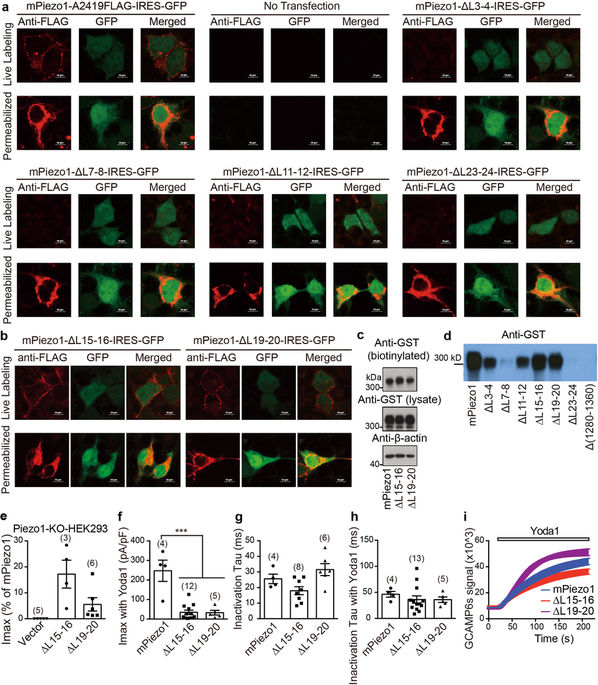With the funding of the National Natural Science Foundation of China, the Xiao Bailong Task Force of the School of Medicine of Tsinghua University and the Li Xueming Research Group of the Tsinghua University College of Science and Technology undertook a collaborative study. The research results were published in Nature, titled as Structure and Mechanogating Mechanism of the Piezo1 Channel.

This study reveals the high-resolution, three-dimensional structure of the mechanically gated Piezo1 ion channels in mammals and their key functional sites participated in the mechanical force sensing and delivery, and then proposes a fine mechanism, similar with the lever principle, for the mechanical gating of the Piezo channel. Mechanically-controlled cation channels are an important class of ion channels that respond to mechanical stimuli and cause cation permeabilization, thereby inducing cell excitement and signal transmission. They play important roles in basic life activities such as touch sensing, blood vessel development, and blood pressure regulation. This achievement is of great significance for learning the basic life process of how organisms convert mechanical stimulation into electrochemical signals, as well as related disease mechanisms, drug design, and biotechnology development.
This is another important research achievement in this field. In addition to the publication, Xiao Bailong’s group and its cooperating team have already published several important articles, such as the mid-resolution cryoelectron microscopic structure of Piezo1 protein (Nature 2015); the discovery of the channel region module of Piezo channel and the amino acid composition of the mechanical sensing module (Neuron 2016); revealing a new regulatory protein of the Piezo channel, SERCA2, and systematically elucidate its mechanism of action on the regulation of Piezo protein channel activity (Nature Communications, 2017).
Reference
Qiancheng Zhao et al. Structure and mechanogating mechanism of the Piezo1 channel. Nature volume554, 487–492, doi: 10.1038/nature25743